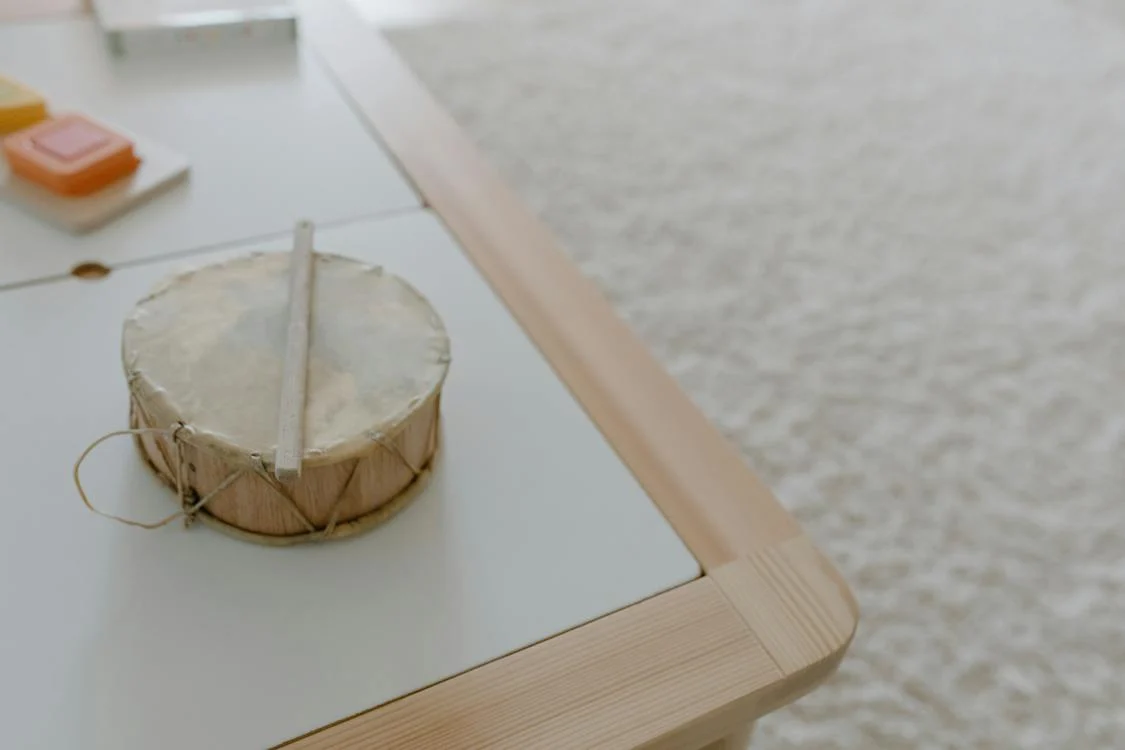The dabakan is a percussion instrument that originated in the Philippines. It is a single-headed drum that is usually played along with the other instruments in the kulintang ensemble. Interestingly, the dabakan is the only non-gong instrument among the five main instruments in the ensemble.
According to history, the name dabakan originated and was adapted from the Middle East. This term is derived from the word ‘dbak,’ which means to strike, hit, or beat. In addition to that, some scholars stated that the dabakan might be an adaptation and enlargement of the Arabic’s dombak, or tombak, another type of a goblet drum.
Aside from its known name,’dabakan,’ this single-headed drum was also known as debakan in Maguindanao, dadabooan, as called by the Maranao, and Iibit, as named by the Tausug. Additionally, aside from the Philippines, the dabakan is also known in some of the regions in Indonesia. In fact, in Poso Regency, the dabakan is known as Tibubu, while it is called Tiwal by the ethnic group Minahasans.
In Maguindanao and Maranao society, the dabakan drum is primarily used in the kulintang ensemble. Its role is to keep the tempo of the ensemble, much like the role of the babendil. Mostly, in the rhythmic modes, like in the duyog or Sinulog, the dabakan enters after the babendil or babandil. However, if the babendil is absent, the dabakan automatically starts the piece. Meanwhile, in a traditional performance, the dabakan is positioned to the right of the kulintang player, near the end of its frame.
Other than the ensemble, the dabakan drum can also be used in different types of playing. For example, it could be used as an accompaniment for the Philippine boat-lute called kutiyapi. In the Maranao version, the dabakan is played by two dabakan players who are facing each other. With the single-headed drum in front of them, the players would strike it with the bamboo sticks that they are holding as they play an interlocking rhythm.
Also, the dabakan was traditionally considered as a masculine instrument of the Maranao. In contrast, it is the feminine instrument of the people in Maguindanao. Nevertheless, as time goes by, the dabakan became an instrument that could be played either by men or women. In the kulintang ensemble, in the absence of the dabakan, a substitute drum, known as the takemba, a bamboo zither of the Manobo, took place.
In the old times, the dabakan has a longer and bigger head, in comparison to its characteristic nowadays. This lager and bigger-headed dabakan was then called as dadabooan and was usually hung horizontally in the mosque. The dadabooan was used by an Imam or spiritual leader to announce the commencement of prayer. Nowadays, the dabakan is now replaced by modern equipment. In fact, in Mindanao, they are currently using a speakerphone. However, in the Celebes or Sulawesi, an island governs by Indonesia, an instrument equivalent to the dabakan, is still used for the same purpose.
Most frequently, the dabakan was described as a goblet-shaped, hour-glass shaped, conical, or tubular-shaped instrument. In its standard form, this instrument has about two feet in length and a diameter of more than a foot for its widest part around the shell. The shell of the dabakan is carved out from wood, either out of the jackfruit tree or the coconut tree. The wood is then hollowed out from the body through its stem.
The dabakan’s drumhead is then stretched over the shell, which is made out of either carabao skin, deer rawhide, snakeskin, lizard skin, or goatskin. However, most recently, several dabakan players considered using the snake or lizard skin in making the drumhead. Afterward, the drumhead is then fastened to the shell using a small metal wire and two hoops of rattan. This is done very tightly in order to allow the rattan stick to bounce cleanly. In Maranao, artists would usually carve the outside of the shell and decorate it with geometric and flowing design, called okkil or okkir.
In playing the dabakan, the player could choose between standing or kneeling before the drum. Either way, the performer must use a bamboo stick or rattan stick in order to hit the drumhead. Moreover, the player must hold the stick parallel to the surface of the drumhead and pivot them between the forefinger and the thumb using the wrist.
Aside from its traditional way of playing, many artists that are influenced by the western culture had learned a new way of playing the dabakan. These styles include playing rhythmic patterns not only by striking the drumhead but as wellas the sides of the shell and the edges of the drum’s mouth.

